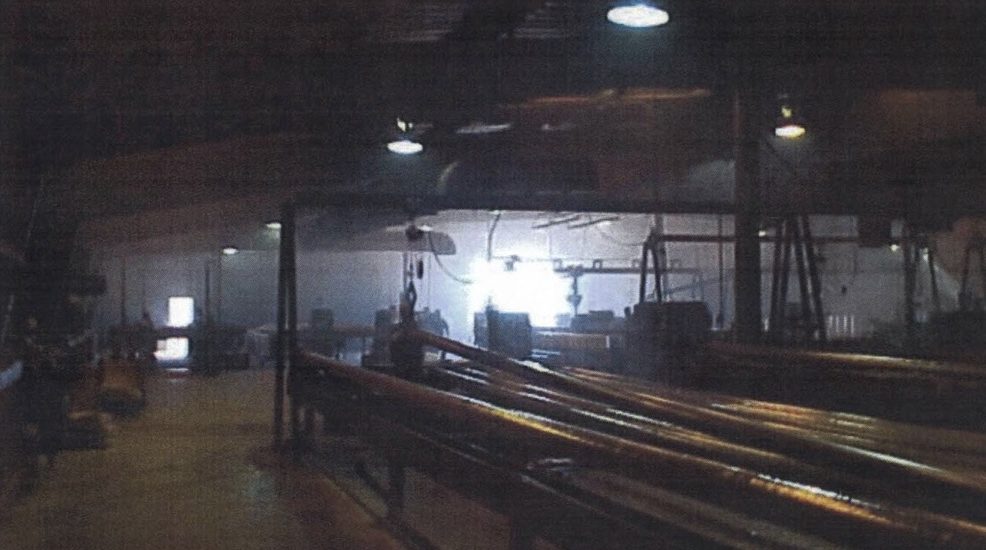- May 24, 2017
- Posted by: David Marshall
- Category: Business, Manufacturing

Success is the ability to go from one failure to another with no loss of enthusiasm.
I’ve always been a big fan of Winston Churchill, and as I was growing up, I adopted several of his quotes as philosophies to live by. This month, I’ll discuss four quotes that have guided me over my professional career.
Last week, I talked about how improving means changing (and being perfect means changing often). Piggybacking off that is Churchill’s idea that if you suffer failure, you fix it and move on, but with no loss of enthusiasm.
In 2009, we decided to make a major change to Duoline, a company Robroy owned. It was a serious failure in many ways because we had bought the company in 1985, but local management hadn’t made any upgrades or changes to the place.

So when I got involved, I said, “To Hell with this! I don’t think you can save it, let’s start again!” (I was a bit. . . earthier than this quote reflects, but you get the idea. Something about polishing bio-waste products.) But I made the decision to just tear it all down and start over.
I gathered a few executives, and we said, “if we had our druthers, what would we want this place to look like?”
We had never done anything like this before. The plant used old technology that was very dirty and an environmental nightmare. It was originally used when the business first started, and local management had never improved it. Over the years, the business and technology deteriorated while the rest of the world moved forward.

Plus it was located in a place where the workforce was really not that committed to the job. For example, every time we had a random drug screening, I would lose up to 20% of my workforce.
So the decision was made to fundamentally start again and create a manufacturing facility that was the least dependent on people. My ideal factory was to have one that ran on two buttons — a red stop button and a green start button. That may have been a little jaded, but we needed something that wouldn’t lose 20% of its staff every time we handed someone a paper cup.
We started the concept on a restaurant napkin. We decided we would design and build this new facility from scratch, fitting it to our own needs. We wanted something that was safe, automated, trackable, and provided consistently high quality.
Not too surprisingly, there are no off-the-shelf solutions for near-automated factories, so we had to create all our own solutions. That meant a lot of inventing, creating, testing, and pulling our hair when one piece or another didn’t quite work. We went from failure to failure until we found what would work.
The fact that we succeeded at all is a real testimony to people like Eric Nichols and Vijay Kumar who were with me 100 percent of the way. When something failed, we naturally felt disappointment, anger, and frustration. But we had to recover very quickly and find the solutions. All we could do was smile and keep moving.
All told, it took two-and-a-half years, but the end result was a facility that was commissioned in 2009 with 20 people working a single shift, which was all we needed, unlike our old facility of 140 people.
Plus, thanks to the increased efficiency of the new technology, 20 people were able to ship more product in less time than we could with 140 people in the old facility. You can see a video of the completed factory here.
Whether it’s manufacturing or even software development, it’s not a question of if something will break, it’s a question of when it will happen. We made plenty of mistakes, and we asked ourselves, “how the hell did we miss that?”
But we picked ourselves up, figured it out, and moved on. Most importantly, we never lost our enthusiasm for the work we wanted to do, and it paid off. We were able to take a business that never really got off the ground and turned into a highly profitable, highly productive business that was the first of its kind.
I’ve been a manufacturing executive, as well as a sales and marketing professional, for a few decades. Now I help companies turn around their own business. If you would like more information, please visit my website and connect with me on Twitter or LinkedIn.

